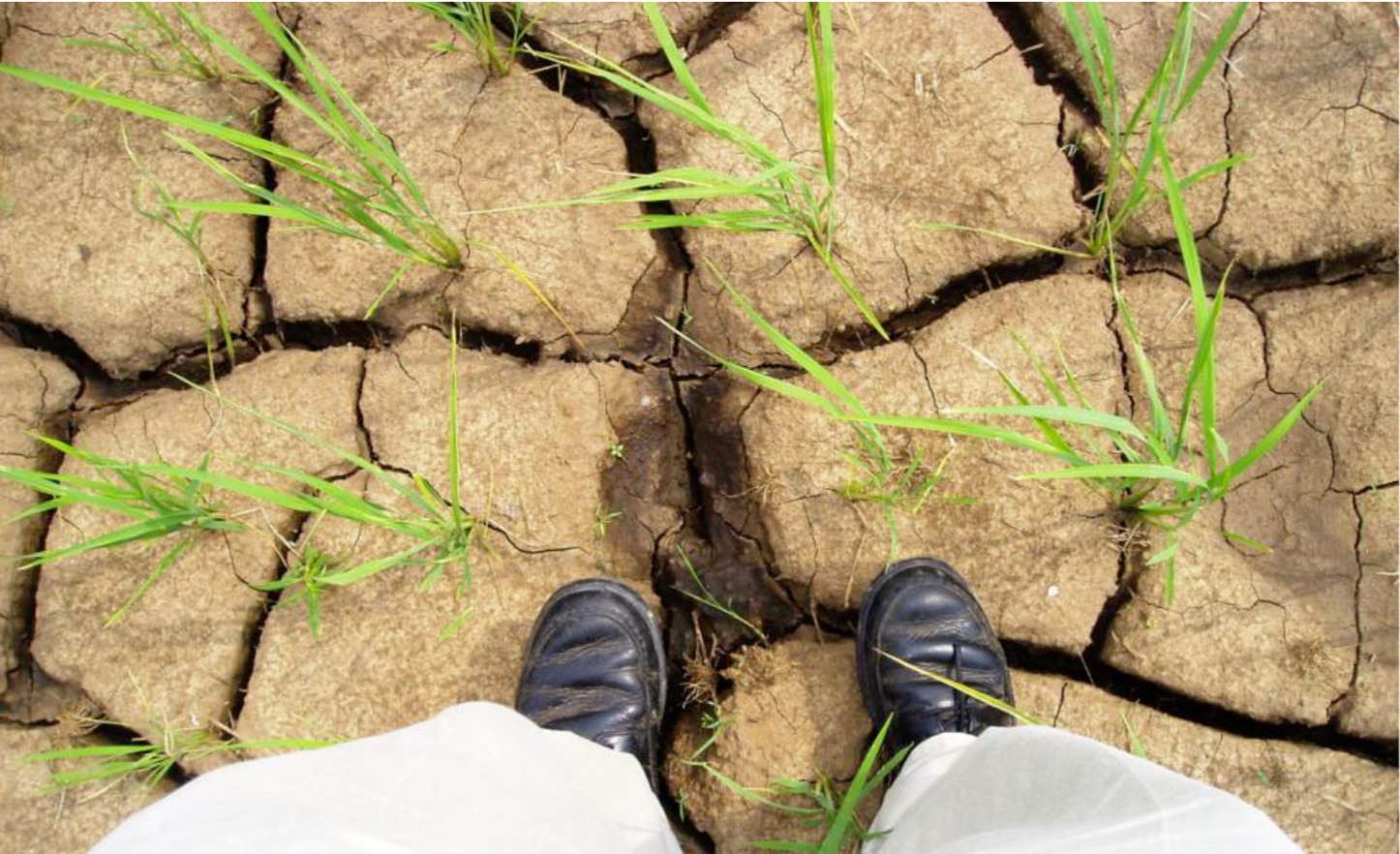Communicating Drought Risk in a Changing Climate

Introduction
This paper highlights 10 principles for communicating drought risks in a changing climate.
The principles were developed within the context of DRY (Drought Risk and You), a research project that is exploring how combining science and storytelling approaches can create new decision-making tools for dealing with drought risks.
The below text is a summary of the principles in the guide. Download the guide for much more detail.
Principles
- Acknowledge different types of drought – what type of drought are you communicating about? Will the audience recognise it as a ‘drought’? Make sure you and your audience are on the same page.
- Find a narrative to accommodate alternating floods and droughts – Even though droughts and floods are just two points on a watery continuum, they feel like polar opposites in the public mind: ‘we can’t have both at the same time’. But with climate change, we can – and we will.
- Tell a good story –Narratives are very important for attitude formation and are often determined more by the completeness and ‘fidelity’ of the narrative than its grounding in scientific accuracy.
- Use visual narratives – Images depicting action, mitigation and adaptation tend to make people feel more able to do something about climate change, but at the same time can also reduce people’s sense that the issue is an important one.
- Strike the right balance between ‘local’ and ‘global’– In overcoming one problem (that many people feel climate change is ‘not about me’), localised messaging about drought or other climate impacts can inadvertently introduce another (that people may begin to think climate change is ‘only about me’).
- Communicate using a trusted messenger– building trust, channels of communication and local partnerships is a learning process for all involved and it is better to work incrementally and reflectively.
- Link drought with climate change– Even when climate-related impacts are encountered, it is difficult to establish a direct causal link, making communication around the issue something of a minefield.
- Frame drought messages around health implications– One study found that portraying climate change in ways that affirmed the health benefits of taking action on climate change made the issue seem more personally significant and relevant to people.
- Be smart about communicating uncertainty– Manage your audience’s expectations, start with what you know, focus on ‘risk’ rather than ‘uncertainty’, talk about ‘when’ not ‘if’ and finally ‘frame uncertainty in a positive way.
- Don’t focus on doom and gloom– Emphasising the benefits of acting, rather than the negative consequences of not acting, is likely to produce more support for climate policies.
Conclusion
Though drought itself does not appear to be a major concern for the UK public, there is strong public support for taking steps to prevent important economic functions, such as food production, from the impacts of a changing climate. The low salience of drought risk presents additional communication challenges over and above those associated with building awareness of risks from extreme weather events. However, the core principles of good climate communication summarised in this report are as applicable to drought risk as other extreme weather events.
Related resources
- Climate Outreach
- Communicating flood risks in a changing climate: nine principles for promoting public engagement
- Innovative ICTs for Communicating Climate Risk
- FCFA webinar: Communicating climate information & uncertainties better
- The Uncertainty Handbook: A Practical Guide for Climate Change Communicators
- A Guide to the Science of Climate Change Communication
(0) Comments
There is no content